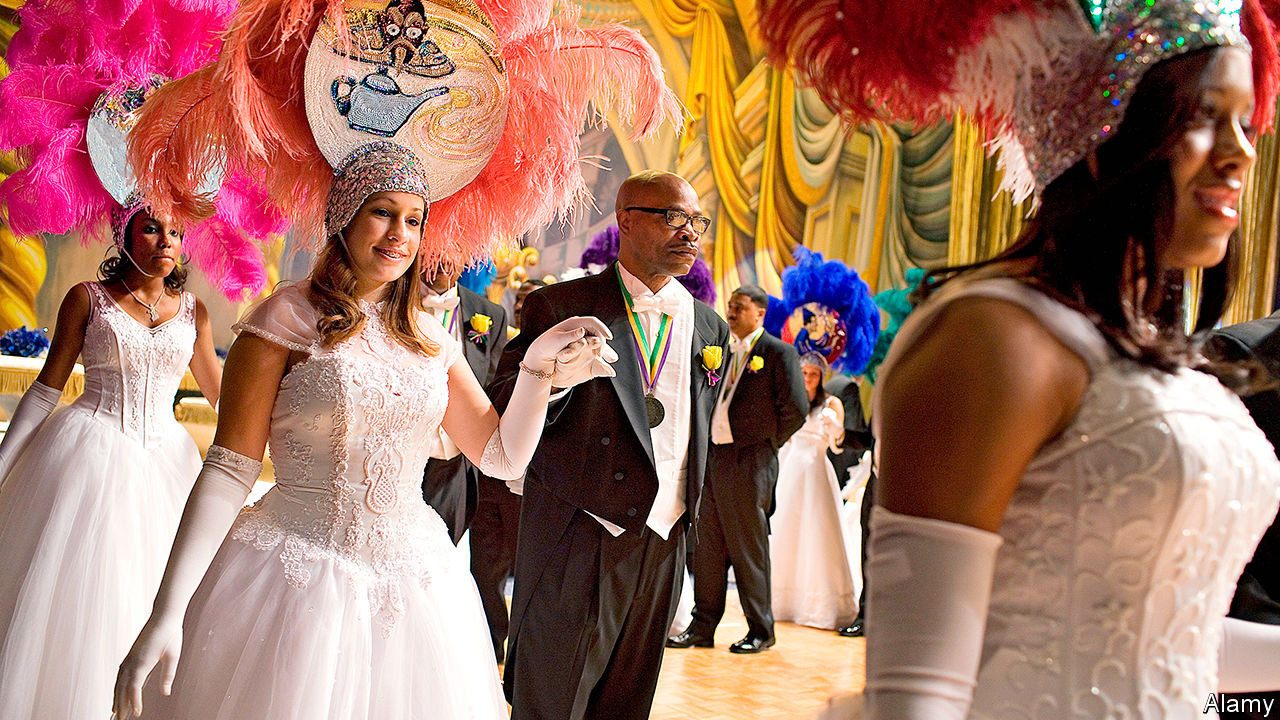
The Economist
In September 2013, The Economist published an article explaining whether or not it is left- or right- wing. The publication said it is "neither. We consider ourselves to be in the "radical centre."
The article continues:
"The Economist was founded in 1843 by James Wilson, a British businessman who objected to heavy import duties on foreign corn. Mr Wilson and his friends in the Anti-Corn Law League were classical liberals in the tradition of Adam Smith and, later, the likes of John Stuart Mill and William Ewart Gladstone. This intellectual ancestry has guided the newspaper’s instincts ever since: it opposes all undue curtailment of an individual’s economic or personal freedom. But like its founders, it is not dogmatic. Where there is a liberal case for government to do something, The Economist will air it. Early in its life, its writers were keen supporters of the income tax, for example. Since then it has backed causes like universal health care and gun control. But its starting point is that government should only remove power and wealth from individuals when it has an excellent reason to do so."
According to the 2014 Pew Research Study, Where News Audiences Fit on the Political Spectrum, the majority of The Economist readers hold political values to the left-of-center. Seventeen percent of The Economist's audience is conservative (compared with 26% of all respondents to the survey).
Lawrence Otis Graham recalls where he first met Kamala Harris, last summer, in Martha’s Vineyard. It was at the holiday home of Spike Lee, a film director, who held a $1,500-a-head fundraiser for the woman who is now number two on the Democratic ticket. “She is the new Barack Obama for us,” says the thrilled Mr Graham, an author and property lawyer from New York. By “us” Mr Graham means African-Americans, and in particular the glitziest end of African-American high society.
He knows of whom he speaks. He made a name in 1999 by publishing “Our Kind of People”, a sympathetic insider account of the habits, clubs and lifestyles of America’s wealthiest black families. Early on the book, now in its 37th printing, proved controversial. Some whites were ignorant of how black millionaires had thrived, a few of them since the 1870s. “People often don’t think of blacks having different socioeconomic classes,” he says. Some fumed at being publicly named as part of a black aristocracy; others were furious for being left out. Some poorer black readers, in turn, raged at the wealthy.










